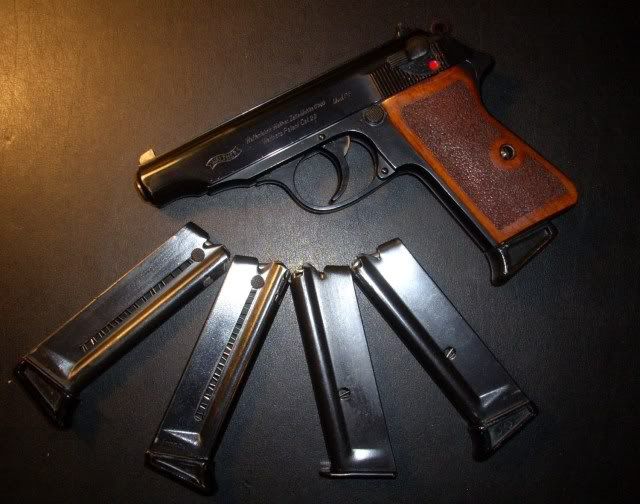drail, 70k rounds and you're still on the same barrel? That's amazing! I've seen lots of barrels worn to the point of replacment well before that. And by replacement I don't mean the barrel wasn't ok to shoot, just that it wouldn't shoot decent groups anymore. Still "minute of man" at close range, but it was a good day when you could cover the group with your palm.
Everything wears out, if it gets used enough. How much is enough so that one has gotten one's money's worth, is the question. Parts wear out, parts break before being "worn" out too. Some guns will go on working with parts so worn you have to wonder how they do it. Othes don't, and it can be the same make and model!
I don't consider a gun worn out until the frame is worn to the point it cannot be safely rebuilt. A gun that doesn't need any major component replacement before that point has given you excellent service, even if you do need to replace some smaller parts (springs, extractor, etc.) along the way.
Now, a gun that consistantly has issues with minor parts, that one isn't a good one. And it can be just that individual gun. Another of the same kind might be flawless, although if there is a design flaw that leads to early failure of certain parts, that usually is found in most individual examples. But it still varies a bit. You might have owned 3 of the same thing and each one has the same problem, and your buddy down the block might have the one that runs for years without a glitch at all.

